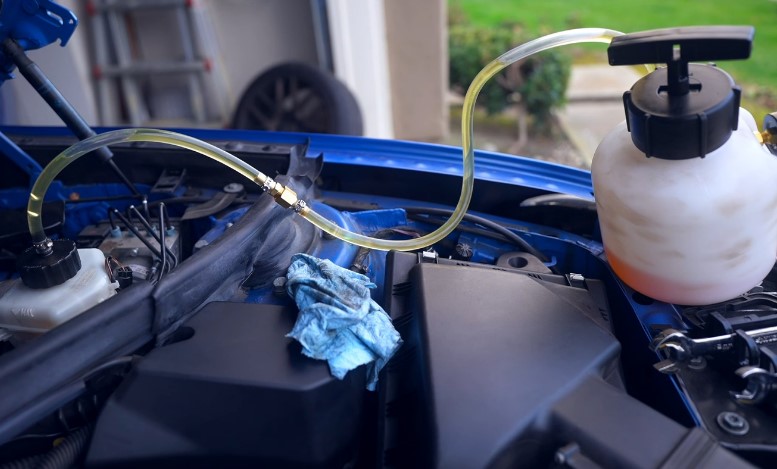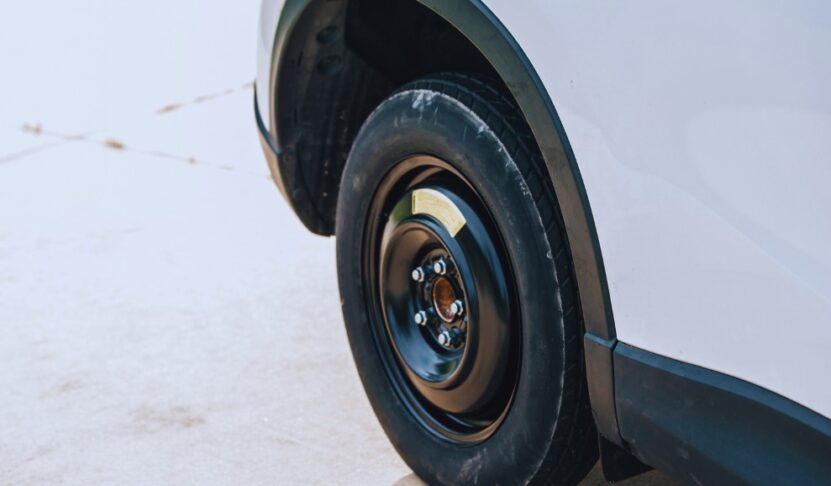
Share Post:
Let’s talk about the donut spare tire. You know, that small, awkward wheel hiding in your trunk, just waiting for its moment to shine when one of your real tires decides to call it quits.
But how fast can you safely drive on a donut spare tire? Let’s dig into the nitty-gritty of it so that you can stay safe on the road, even when your regular tire gives up on you.
Table of Contents
ToggleSpeed and Distance Limits
First off, if you ever find yourself swapping out a flat for a donut spare, keep your speed below 50 mph. I know, it’s a bummer. You’re already running late, and now you have to drive slower than a snail on a Sunday stroll.
But trust me, it’s for your own safety. Next, don’t get too comfy with that donut. It’s only meant to get you to a repair shop. You should not drive more than 70 miles on it. Think of it as a temporary band-aid, not a permanent solution.
Why the Speed and Distance Limits?
- Blowouts and Mechanical Damage: Donut spares aren’t built for the long haul. Pushing past 50 mph or driving further than 70 miles can lead to blowouts or, worse, mechanical damage. Imagine explaining to your mechanic why your differential decided to quit early.
- Handling and Stability Issues: Ever noticed how your car feels like it’s had a few too many after a spare tire is put on? That’s because donut spares can mess with your handling, cornering, and braking. Your vehicle might dip or pull towards the side where the spare is mounted. Basically, it’s like driving with one leg shorter than the other.
Purpose of Donut Spares
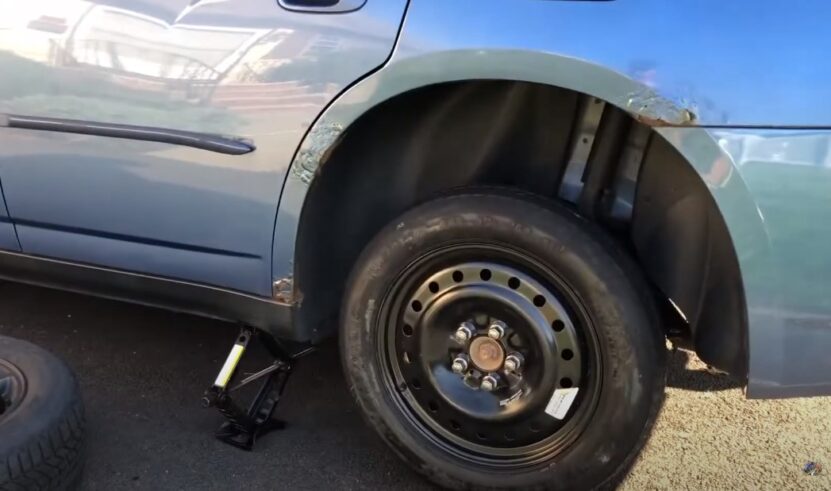
Donut spares are all about space and weight. Car manufacturers love them because they save trunk space and reduce weight, which helps with fuel economy.
Plus, they’re cheaper than a full-size spare. But let’s face it, they’re far from perfect.
Alternatives to the Donut
If you’re not a fan of the donut, you’ve got a couple of options:
- Tire Inflators and Sealants: These can temporarily fix minor punctures. Handy, but not a cure-all.
- Run-Flat Tires: These allow you to drive up to 50 miles after a puncture, but they’re pricey. It’s a trade-off between convenience and cost. Also, patching your tire could cost you around $50.
The Full-Size Spare Conundrum
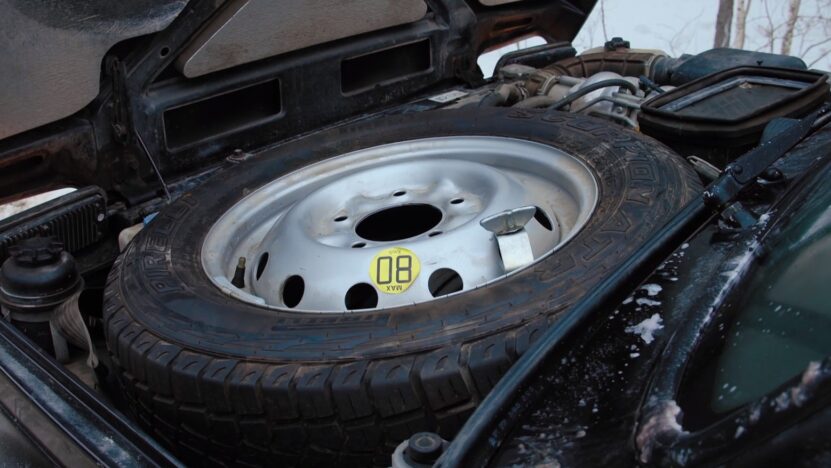
Remember the good old days when cars had full-size spare tires? Modern cars often don’t have the space for them anymore.
Manufacturers opt for donut spares or no spare at all. Space is a premium, and they’re not about to sacrifice that for a bulky full-size tire.
Comparing Spare Types
Let’s break down the options:
Donut Spare (Space-Saver)
- Saves space and weight.
- Limited speed (50 mph) and distance (70 miles). Affects handling and braking.
Run-Flat Tires
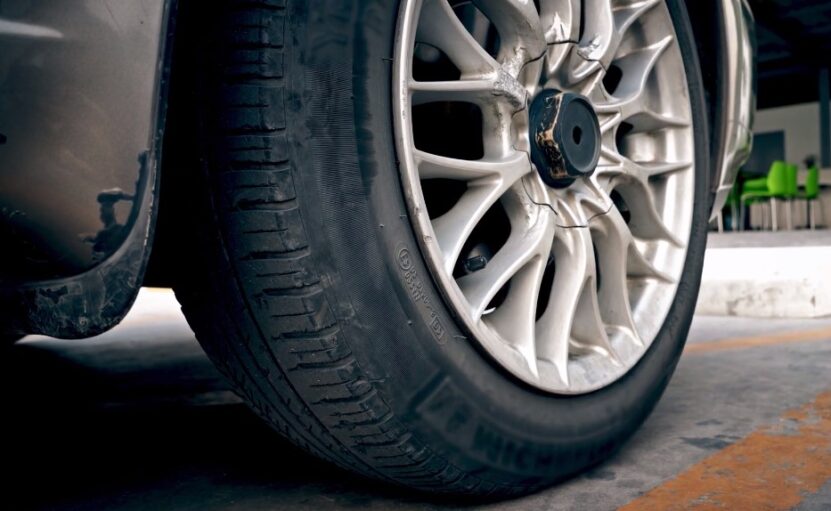
- Drive up to 50 miles after a puncture. No need to change tires immediately.
- Expensive and can be harsher on the ride quality.
Full-Size Spare
- Durable and can be driven like a regular tire.
- Bulky, takes up trunk space, and adds weight.
Inspection and Maintenance
Always inspect your tires, especially if you notice a drop in pressure. This can help you gauge how long you can drive before needing a replacement. Regular checks can save you from unpleasant surprises on the road.
Summing Up
Driving on a donut spare is like tiptoeing through a minefield. Keep your speed below 50 mph, don’t drive more than 70 miles, and get to a repair shop ASAP. It’s not designed for long-term use, and pushing its limits can lead to more significant issues.
Remember, it’s a temporary fix, not a substitute for a real tire. So next time you find yourself dealing with a flat, slap on that donut and head straight to your local tire shop. And while you’re at it, maybe consider investing in a better spare solution if you can. Safety first, my friends.
And there you have it—your crash course (no pun intended) on driving with a donut spare tire. Drive safe and keep those tires in check!
Related Posts:







